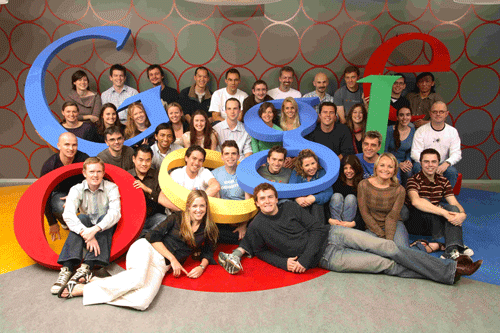
 What is it about family firms? While they are ubiquitous in the economy of the US and internationally, only relatively recently have we seen an increase in research attention. In our own research we have examined family firms to try and see what makes them different, and in particular how family firms may be able to maintain an entrepreneurial orientation.
What is it about family firms? While they are ubiquitous in the economy of the US and internationally, only relatively recently have we seen an increase in research attention. In our own research we have examined family firms to try and see what makes them different, and in particular how family firms may be able to maintain an entrepreneurial orientation.In the the first study, coauthored with Shaker Zahra (University of Minnesota) and Carlo Salvato (Bocconi University), we explored what it is about the cultures of family firms that is supportive of entrepreneurship. We found that a number of aspects of organizational culture were significantly associated with entrepreneurship in family firms and that these aspects of culture were generally more important for family than for non-family firms.
1. External orientation: an emphasis on learning from the external environment was positively associated with entrepreneurship in family firms.
2. Coordination & control - entrepreneurial family firms tend to have a decentralized approach to decision making.
3. Orientation to time - entrepreneurial firms tend to emphasize the long-run when allocating resources.
4. Regardless of family status, entrepreneurial firms are able to balance their emphasis on the individual versus the group. While individuals are an important source of ideas, the integration of the collective organization is essential to the exploitation of new opportunities.
In a second study, my colleagues (Gaylen Chandler, Utah State University and Dawn DeTienne, Colorado State University) and I examined how family firms differ from non family firms in the entrepreneurial processes that they use. We were particularly interested in the ways in which family firms identify opportunities and then the strategic decision making processes they use. We found two interesting differences for family firms.
1. Family firms tend to be less spontaneous and creative than non-family firms in their opportunity identification processes they prefer.
2. Perhaps as a result of the unique social networks surrounding family firms, the entrepreneurial opportunities they do identify tend to be less unique and innovative than those found by non-family firms.
3. When they are exploiting these new entrepreneurial opportunities, family firms tend to use a different decision making style. Non-family firms use a text-book approach to strategic decision making, starting from the goals they want to achieve, and working back towards the resources and capabilities needed to reach those goals. The family firms score less strongly on this approach to decision making. They may prefer the alternative model, where they start from the resources at hand and try to identify goals that may be achievable from this starting point.
Family firms tend to be characterized as more staid and less risk oriented - perhaps because a primary goal is the creation and preservation of family wealth. The decision styles and opportunity identification processes we have observed support this view. Interestingly, these preferences of family firms may inhibit them from being the next Google .
*Update: since this blog was first published last year, we have now begun investigating how family versus non family firms in China may differ, and in particular how this may influence their approach to HR and entrepreneurship. Please come back soon for the new results!















